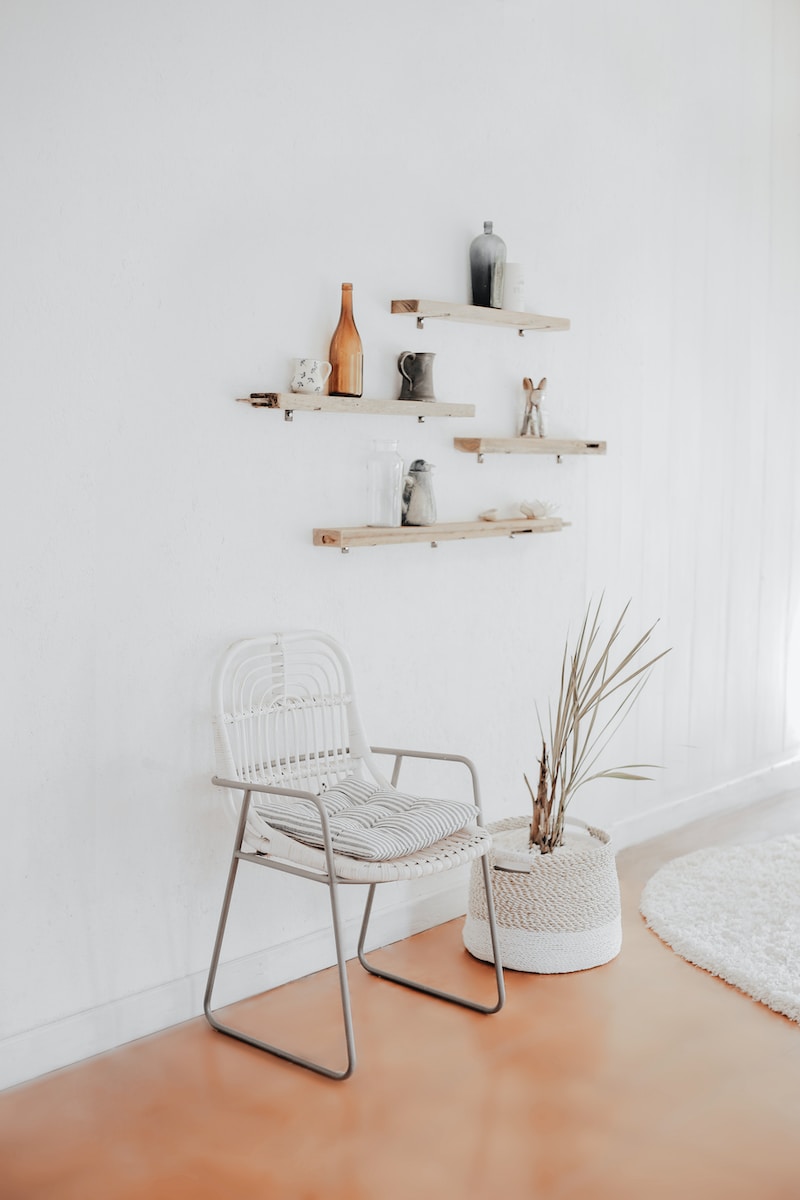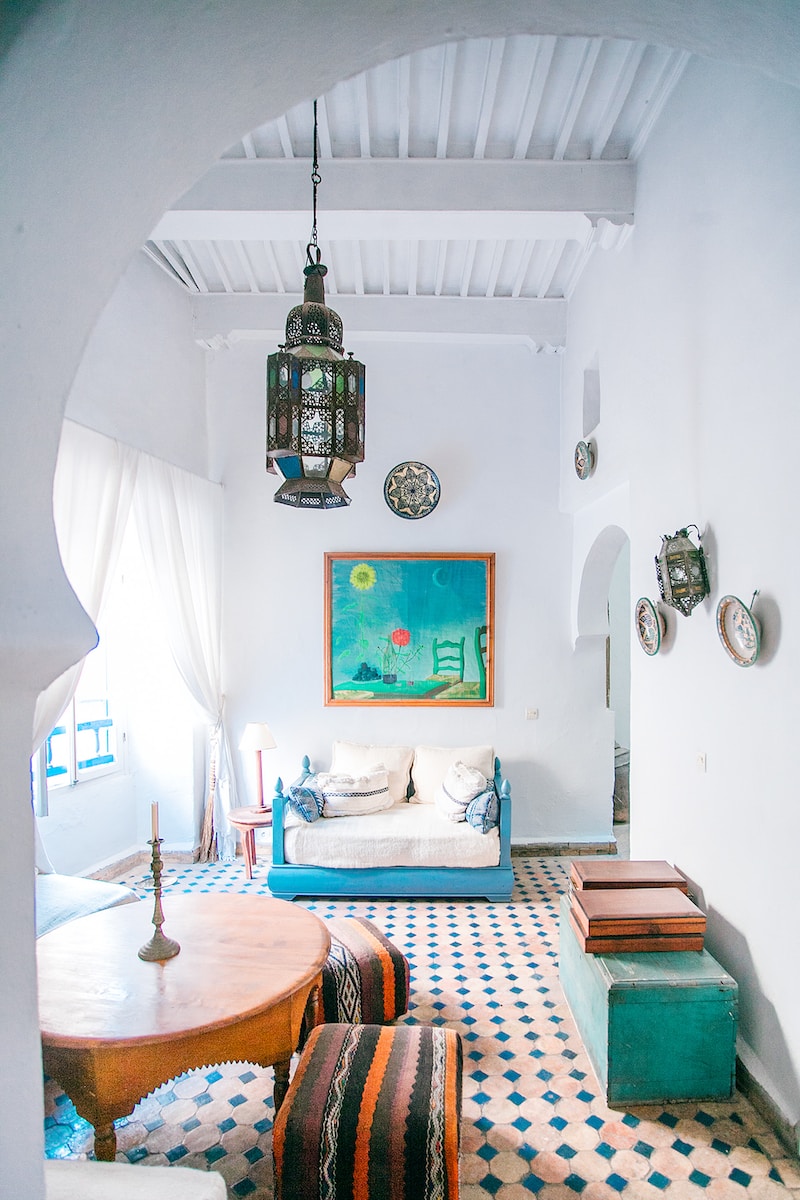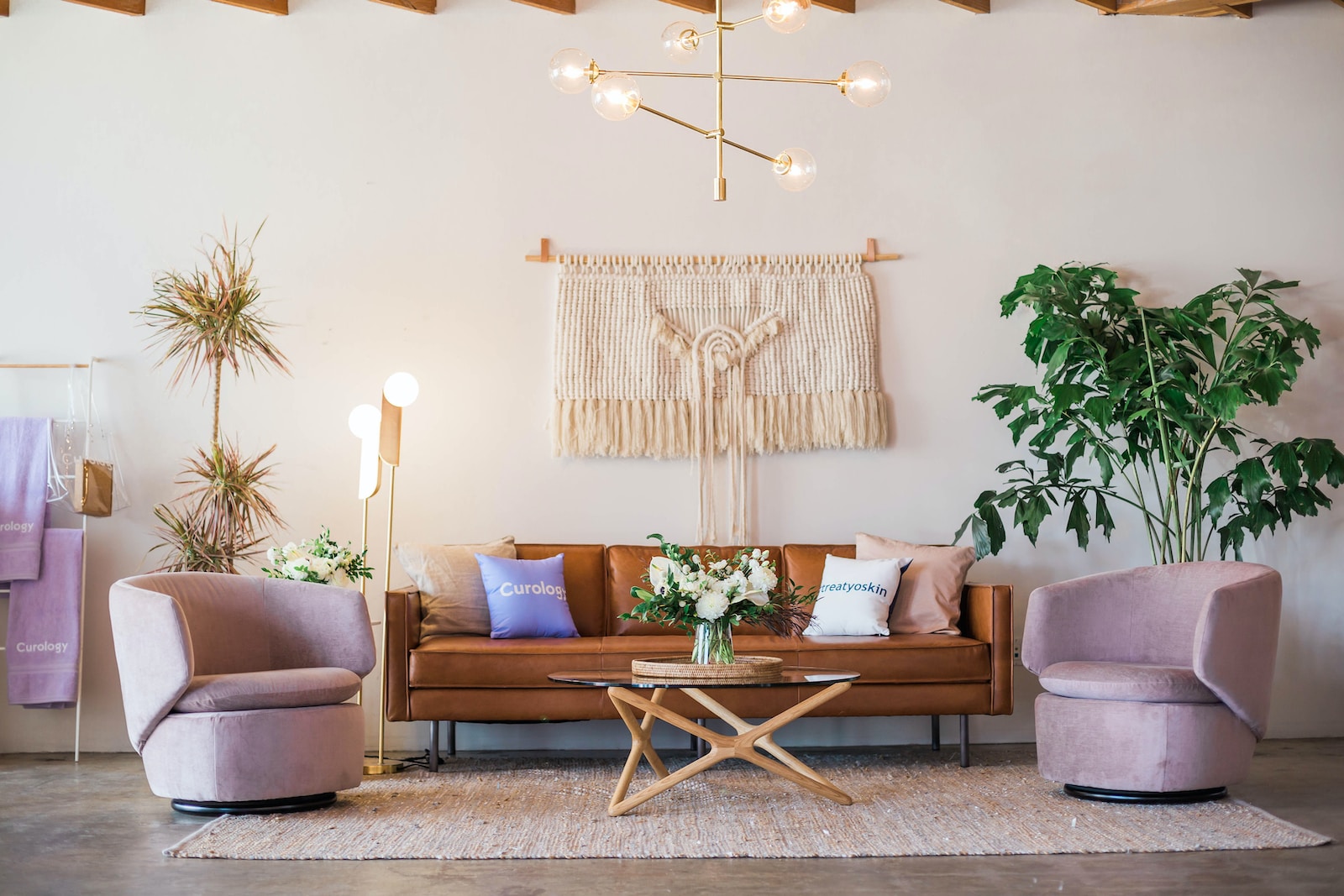Looking to breathe new life into your interiors? DIY room makeovers can be an exciting and cost-effective venture. From planning to the final touches, we’ll guide you through each step, providing practical advice and inspiring ideas. So, grab your paintbrushes, clear your weekend, and let’s dive into this world of creativity!
Introduction
What are DIY Room Makeovers?
A DIY (Do It Yourself) room makeover is a project that involves transforming a space in your home using your own skills and creativity. It could be as simple as rearranging furniture or as complex as painting walls and replacing flooring. The key is to work within your abilities and budget to create a space that reflects your personal style.
Benefits of DIY Room Makeovers
DIY room makeovers come with numerous benefits. They allow you to express your creativity, making your space truly unique. Plus, doing the work yourself can save money compared to hiring professionals. It’s also an opportunity to learn new skills, from painting to carpentry, and to experience the satisfaction of completing a project with your own hands.
Planning Your Room Makeover
Assessing Your Space
Before you start purchasing supplies or moving furniture around, it’s essential to assess your space. Measure the room’s dimensions and note the location of doors, windows, and electrical outlets. This will help you plan your layout and choose pieces of furniture that fit perfectly in the space.
Setting a Budget
DIY projects can quickly become expensive without a set budget. Determine how much you are willing to spend on materials, furniture, and decor. This will guide your decisions throughout the project and prevent overspending.
Gathering Inspiration and Ideas
Next, gather inspiration. Websites like Pinterest, interior design blogs, and home decor magazines are great places to start. Look for styles, colors, and elements that resonate with you and fit within your budget.
Creating a Mood Board
A mood board is a collection of images, samples, and notes that represent your design vision. It’s an excellent tool for organizing your ideas and ensuring that everything works together aesthetically. You can create a physical mood board using cutouts and samples or a digital one using online tools.

Choosing a Theme or Style
Popular Room Makeover Themes
There are countless room makeover themes to choose from. Some popular ones include minimalism, mid-century modern, bohemian, industrial, and farmhouse. Each theme has its own characteristics and elements, so choose one that aligns with your personal style and the functionality of the room.
Selecting Colors and Patterns
The colors and patterns you select can dramatically alter the feel of a room. Consider the mood you want to create—cozy and warm, fresh and bright, calm and soothing—and choose colors that evoke these feelings. As for patterns, they add depth and interest to a room, but be careful not to overwhelm the space.
Incorporating Personal Touches
A DIY room makeover is all about personalization. Incorporate items that have sentimental value, like family photos or heirlooms. Or, flex your creativity by making your own wall art or decor pieces. These personal touches make the room truly yours.
Furniture and Layout
Determining Furniture Needs
Consider the function of the room when determining your furniture needs. For instance, a bedroom requires a bed and storage for clothes, while a home office might need a desk and comfortable chair. Choose pieces that serve their purpose well and fit within the room’s dimensions.
Arranging Furniture for Functionality and Aesthetics
The arrangement of furniture greatly impacts the room’s functionality and aesthetics. A good rule of thumb is to place large pieces first, like beds or sofas, and then arrange smaller pieces around them. Consider traffic flow and the focal point of the room when arranging your furniture.

Upcycling and Repurposing Furniture
With a bit of creativity and elbow grease, you can upcycle or repurpose old furniture instead of buying new. Not only does this save money, but it’s also better for the environment. You could paint an old dresser, reupholster a chair, or even transform a ladder into a quirky bookshelf.
Walls and Paint
Choosing Paint Colors
Choosing the right paint color can be daunting. If you’re unsure, opt for neutral shades like white, gray, or beige as they work with almost any decor style. For a bold statement, consider painting one wall in a vibrant hue or dark shade.
Accent Walls and Wallpaper
An accent wall or wallpaper can add a dramatic effect to a room. Choose a wall that naturally draws attention, like the one behind your bed or sofa. When selecting wallpaper, consider the room’s size—large patterns can overwhelm a small room, while small patterns might be lost in a large room.
Wall Art and Decor
Wall art and decor add personality to a room. Hang paintings, prints, or photographs that you love. Alternatively, create a gallery wall with a mix of artwork, mirrors, and decorative objects. Remember to hang pieces at eye level for the best viewing experience.
Flooring and Rugs
Types of Flooring Options
There are various flooring options to consider, from hardwood and tiles to laminate and carpet. Each has its pros and cons in terms of cost, durability, and maintenance. Choose one that suits your lifestyle, budget, and the room’s function.
Choosing the Right Rug
Rugs add warmth, color, and texture to a room. They should complement your decor and fit the size of your room and furniture arrangement. In general, larger rugs make a room appear bigger, while smaller rugs can define different areas within a room.
DIY Flooring Projects
If you’re up for a challenge, there are several DIY flooring projects you can undertake, like painting floor tiles or installing peel-and-stick vinyl planks. These projects require some skill and patience but can dramatically change the look of a room.
Lighting and Fixtures
Types of Lighting for Different Rooms
Good lighting is essential in any room makeover. Incorporate different types of lighting—ambient for overall illumination, task for specific activities likereading or cooking, and accent for highlighting artwork or architectural features. Consider the function of each room when choosing lighting fixtures.
